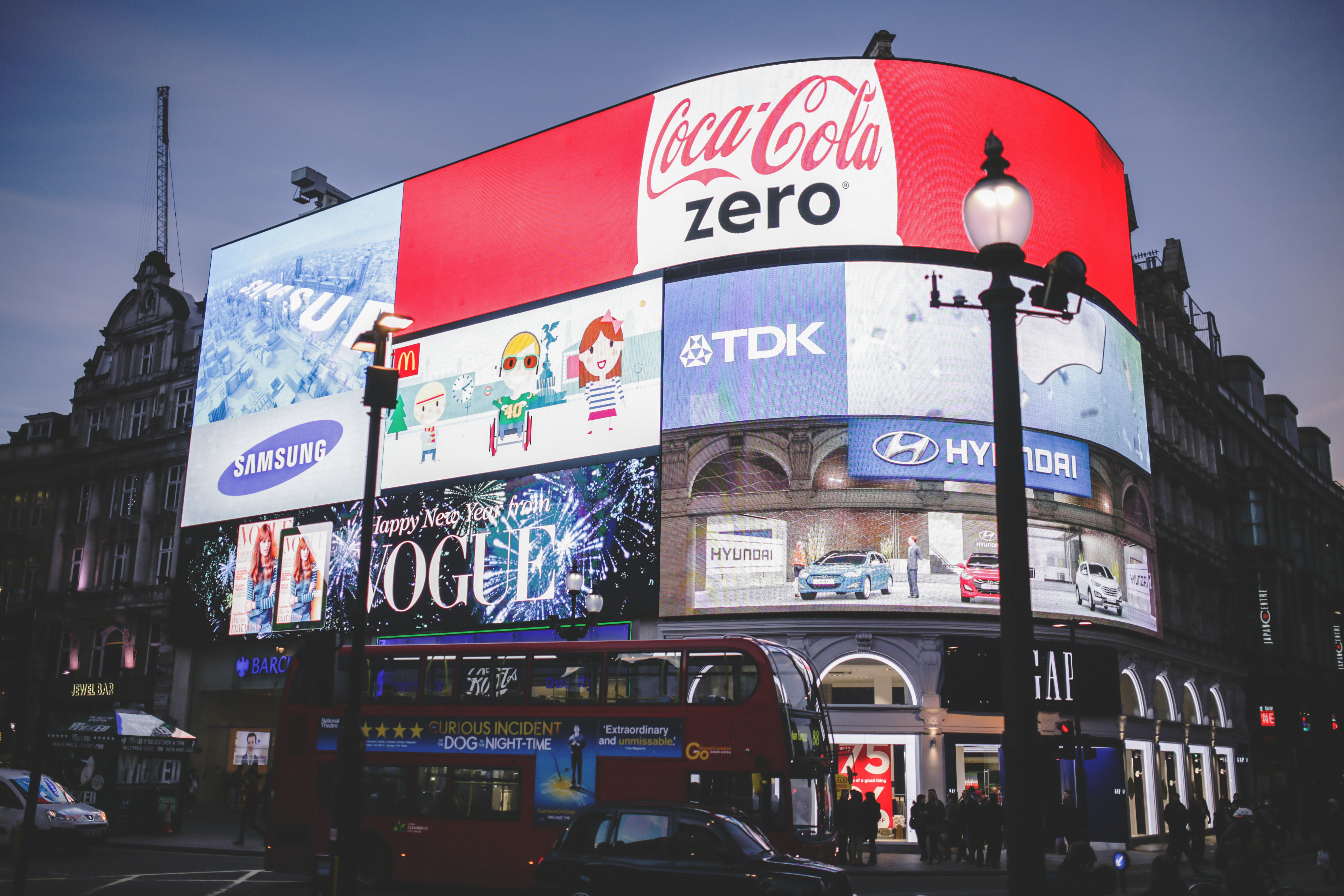On the eve of Cannes Lions, the creative industry's biggest event, Dan de Sybel, Chief Technology Officer, Infectious Media, explains why we'll be celebrating a truly amazing ad industry in a decade, when marketers have mastered major advances in technology in Campaign magazine.

Imagine a TV ad break where all 6-7 ads were relevant to you...go on, really think about what that would be like and what it would mean for our industry and consumers.
The attitude towards, and success of, online and TV advertising in a decade will be unrecognisable from today. By then – instead of resenting or ignoring ads – people will actually look forward to TV ad breaks and online click-thru rate percentages will be in double-digits.
Why? Because the content and timing of ads will be hyper-relevant to people as marketers will have had another decade to get to grips with the exponential advances in technology. Think a decade ago, the first iPhone wasn’t out and we were reeling from the dotcom crash.
Here are the key contributing factors to this ad-utopia, including industry changes which will make advertisers a much happier bunch.
Connections and algorithms
As the world of connected devices expands, such as through the Internet of Things, it means more data is produced, tracked and analysed. Thus, advertisers will have much more information on which to base decisions. In parallel, more data fuels the improvement of machine-learning algorithms which already control the likes of Facebook news feeds, Netflix suggestions and Amazon ‘related-sales’. No more gardening ads six months after tidying one up before selling and moving into a 10th floor flat.
Alongside this, tech engineers will have cracked ‘cross-device identification’ i.e. how to follow people across different connected devices, be it mobile, tablet, desktop, smart TV and wearables. This is a real-step change in smarter advertising, being able to dynamically tailor creative tied into device behaviour and stage of the purchase journey – are people unaware of a brand, aware, researching or thinking about a specific purchase.
Increasingly, we’ll see the ad tech developed for online brought to bear on the TV industry, bringing with it all the advantages and targeting capabilities of online but without the ills (see later section). We’re just seeing the germination of “addressable” TV ads such as Sky’s AdSmart where different households watching the same programme are sent different ads. A decade on and this should be nailed down.
Net result – more relevant ads and content. Consumers happy. We’re happy.
YouTube’s legacy effect
Essentially, YouTube's large user base has given all advertisers the ability to test in almost real-time how engaging their ads actually. Plus, if your consumer base is no longer forced to watch the content you create, you will spend more time and effort making ads better. Its focused advertiser’s minds on grabbing the consumer’s attention within the first 5 seconds, otherwise they know the ad will be skipped. This has led to an increased number of smart, funny and, most interestingly, longer video ads to appear on YouTube.
After 10 more years of trial and error, ad creatives will be exponentially better at hitting the mark with consumers.
Wearables
Despite the inauspicious start of Google Glass, a decade from now wearables will be genuinely mainstream. By providing us information at every conceivable point where we may need it, the opportunities for reaching people with a variety of messages, including advertising, become almost limitless. Make no mistake, whilst the first generation of wearable devices are niche, geeky and impractical, in 10 years they will be at least as ubiquitous as smartphones are now – and as powerful.
Online’s diseases cured
Due to advances in adtech and the maturation of the industry, issues like brand safety, viewability and fraud will be things of the past. Thus, ad budgets will go miles further as none (or very little) is wasted and they’ll be much more likely to hit the exact target audience.
Consolidation
The adtech industry will be far more consolidated – smaller players will have been bought and swallowed up into the larger ones. Less players means more simplicity and that can only be good for advertisers.
Less reliance on TV
Because all of this contributes to advertisers being able to more successfully target people across different media and devices, the reliance on TV advertising to hit large audiences will be much lower. Less demand means prices will drop.
Superbowl ads, for example, may cost hundreds of thousands rather than the millions today – making advertisers extremely happy. Of course, not such great news for the broadcasters but this should be offset by increased revenues from the advances in targeted-household TV ads mentioned earlier.
So, to conclude: people dislike ads today for three key reasons, they’re irrelevant, interruptive or just poor quality. However, people aren’t coded at birth to feel this way, if done well people do enjoy or even look forward to them – the John Lewis Christmas ad becoming a genuinely anticipated event is a prime example of this.
The advances in technology in the next decade – and marketers’ ability to harness them – means that ads will be significantly more relevant and useful as well as being higher quality on the whole. A nirvana in which both advertisers and consumers are happy – every day will be a John Lewis Christmas ad day.

.jpg)

